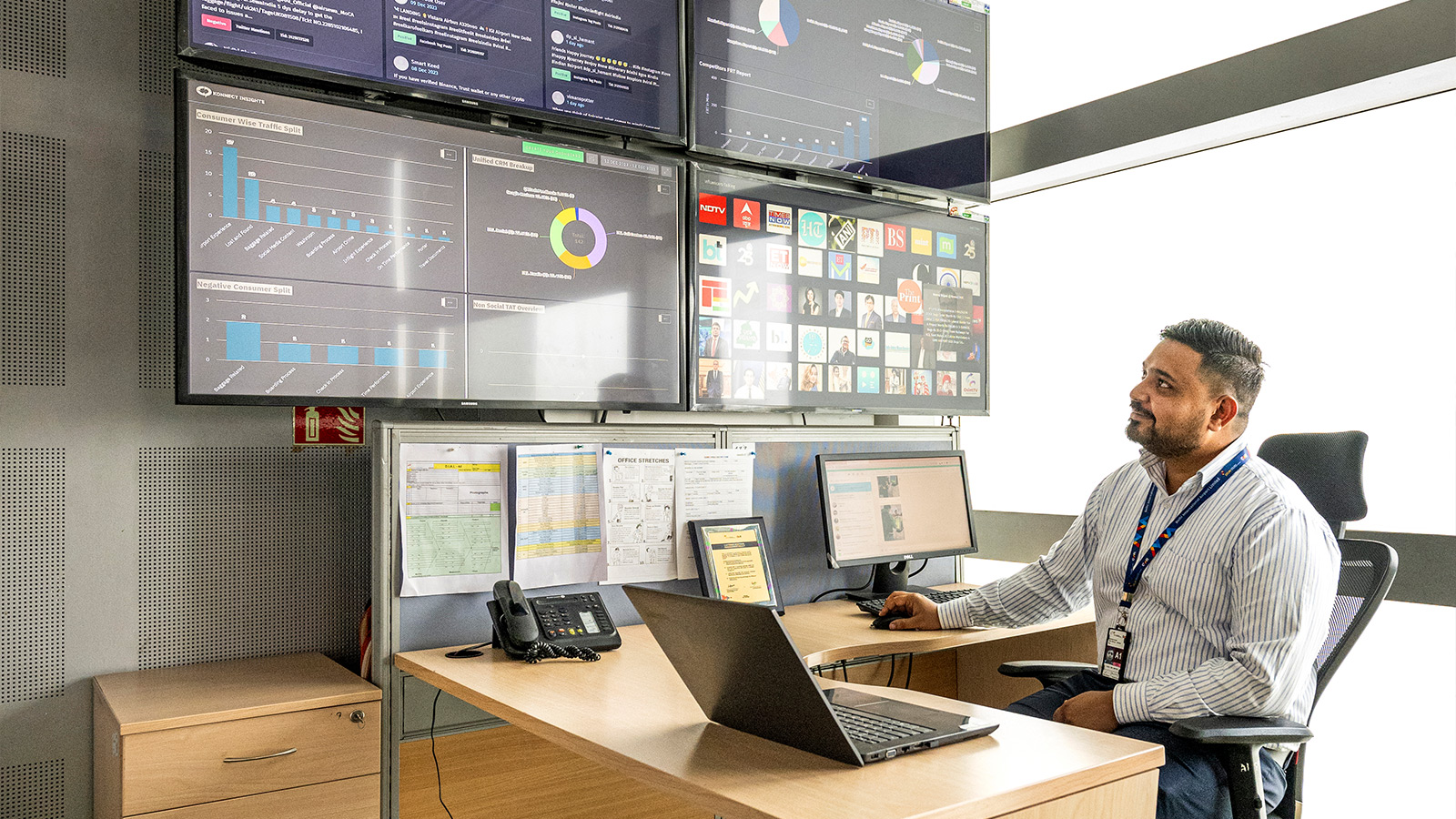
The next decade will reward airport leaders who go beyond strategy decks and financial forecasts and begin to think like engineers. Not because traditional management tools lose their importance, but because airports have evolved into dense, interdependent, real-time systems. Every decision now interacts with hard physical constraints, invisible dependencies, and unforgiving safety margins. In such an environment, leadership intuition must be supported by engineering discipline, backed by strong Engineering services/Airport engineering services.
Engineering thinking means treating the enterprise as a living system, one that can be mapped, modeled, stress-tested, optimized, and hardened. It challenges CEOs to shift perspective: from siloed functions to interconnected flows; from anecdotal decisions to model-driven trade-offs; from firefighting to resilience by design. Well-executed Airport engineering services can provide the tools, modeling, and insights necessary to implement these systems reliably.
An engineering-minded CEO reframes questions. Instead of asking, “Can we handle more demand?” they ask, “Where will queues form first and what is the cost of the 95th-percentile wait?” Instead of “Is the project on budget?” they probe, “What is the reliability impact per dollar and the effect on lifecycle OPEX?” Instead of simply wondering if talent exists, they analyze which competencies are bottlenecks, controls, data engineering, or reliability, and how to de-risk them through training, partnerships, or specialized Engineering services/Airport engineering services.
Decision-making becomes structured around explicit models, tolerances and failure modes. Safety, reliability and resilience are no longer vague ideals but measurable targets. Trade-offs, between cost and availability, speed and safety, capex and lifetime operating cost, are surfaced and debated explicitly. Time horizons are always considered: how choices behave during peak traffic, under rare shocks or amid slow degradation.
Leadership conversations move from generic to precise. From “more demand” to “queue formation costs,” from “budget compliance” to “reliability per dollar.”
Traditional KPIs expand with engineering-grade indicators: mean time between failures, change failure rate, predictive-maintenance accuracy, patch latency, energy intensity per passenger and recovery time from cyber or physical shocks.
Model-based approaches mean every investment must prove its contribution to throughput, safety, or resilience. Digital twins allow simulation of peak travel, outages, and staff shortages before capital is committed. This is where Engineering services/Airport engineering services play a critical role, providing simulation tools and scenario analysis.
The culture shifts from reactive heroics to preventive design. Fewer midnight firefights, more structured root-cause analysis. Fewer silver-bullet fixes, more modular standards that scale smoothly. Teams learn to value post-mortems not for blame but for continuous learning.
Engineering thinking does not limit creativity; it channels it toward reliability, efficiency and resilience. Leaders who adopt this mindset make faster decisions with fewer unintended consequences. They allocate capital with confidence, secure both digital and physical infrastructures and build organizations that thrive under pressure rather than crack.
As Roy Sebastian, CEO of GEMS, puts it: “In a world of tight margins, rising expectations, and constant shocks, engineering thinking isn’t optional, it’s a strategic advantage. The next frontier for the C-suite is to lead like chief systems engineers: curious, quantitative, and obsessed with making complex things work beautifully under pressure.” Robust Engineering services/Airport engineering services are the tools that make this vision operationally achievable.
Contact us: Rohitkumar.Singh@gmrgroup.in | +91 97171 99753